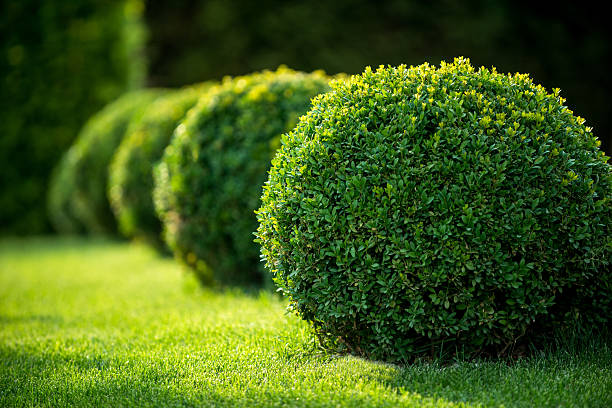Need to move a shrub? Prepare them now for moving in the fall or spring

MACOMB, Ill. — So you want to move that shrub? I get it.
Perhaps that shrub needs to go to a different spot in the yard. Maybe it wasn’t planted in the correct location to begin with. Perhaps a tree has grown tall casting more shade, or a tree has come down flooding the area with sunlight. Sometimes we just need to dig up and move a shrub.
The question that typically crosses my path is, when is a good time to move a shrub? This answer can vary slightly. When considering deciduous shrubs, the ideal time for moving them is in the early spring or fall after the leaves have dropped. When it comes to evergreens, I often recommend they be moved in early spring.
However, the time of year everyone contacts me to ask about moving a shrub is normally around early summer. Digging up a shrub, severing vital feeder roots (and you will be severing roots), and plopping it in another spot right before the most stressful time of year as we go into hot, dry weather is not a recipe for success.
If you want to move a shrub and can wait until fall or spring, right now, you can root prune shrubs destined for a new location. This is a simple procedure and works well for shrubs that have been in the ground for only a couple of years. As mentioned, you will lose feeder roots that absorb most nutrients and water for your plant, but we can start preparing for that loss right now. With a sharp shovel, cut through the existing roots just inside the edge of the future root ball. Perform this action around the shrub forming a ring that surrounds the shrub and leaves the central portion of the root ball intact.
By cutting off the feeder roots without actually digging up the plant, the shrub will focus on developing more feeder roots, hopefully, on the edge of the ring and in the interior of the root ball. You can repeat this process once or twice more over the summer before digging up the shrub in the fall.
For shrubs that have been planted longer or are a bit larger, another method is to dig a trench in a ring to start creating the root ball you will eventually move in the fall or spring. The outer wall of your trench will become the edge of your future root ball. Dig the trench 8 to 12 inches wide and up to 12 inches deep. This will be considerably more effort and for larger more established plants it is recommended to use a professional landscaping service for moving shrubs.
After excavating the trench fill it with a 2:1 mixture of soil and compost. In ideal conditions, feeder roots will develop in this trench and help reduce transplant shock when the time comes to relocate the plant.
Whether you are pruning the roots by slicing them or digging a trench around the shrub, you have already caused extensive damage to this plant. Be sure to irrigate during the summer months during stretches of hot dry weather. And mulch the root ball to help hold moisture in the soil and moderate soil temperatures.
So now you can prepare to move your shrubs this fall or next spring. If you can’t wait and must move the shrub in late spring or summer, then be sure to water, water, and water some more. Mulch well.
Miss Clipping Out Stories to Save for Later?
Click the Purchase Story button below to order a print of this story. We will print it for you on matte photo paper to keep forever.

